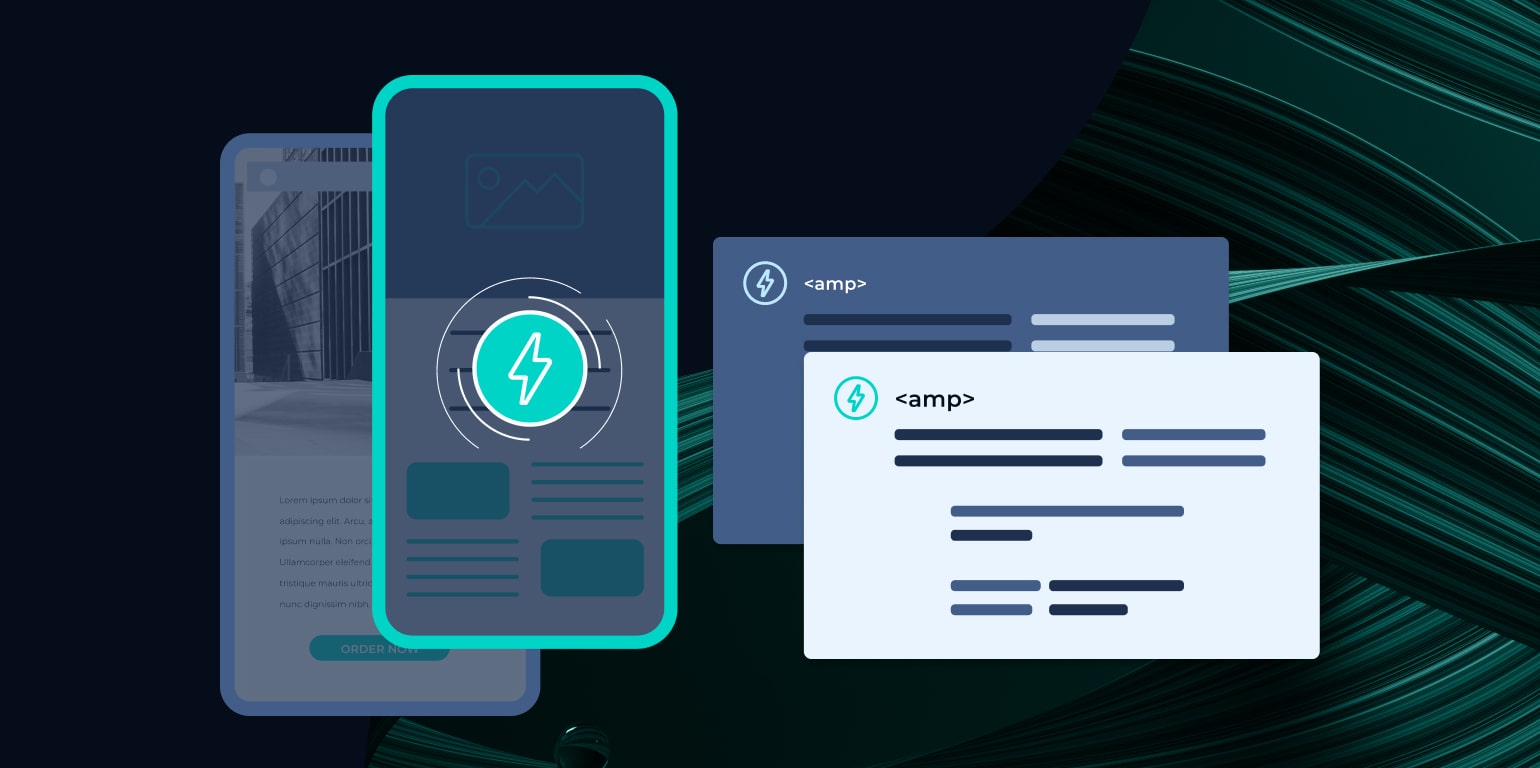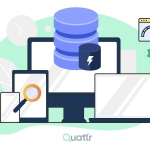
Lazy Loading for Mobile Apps: Enhancing Performance and Reducing Data Usage
- Post
- August 9, 2023
- Lazy Loading, Web Performance, Web Technologies
- 0 Comments
In an era where mobile apps have become an integral part of our lives, ensuring a smooth and efficient user experience is paramount. Users have little patience for slow-loading apps that consume excessive data. This is where lazy loading comes into play – a technique that has the potential to transform the way mobile apps are experienced.
The Power of Lazy Loading
Lazy loading, in essence, is a strategy where an app only loads the content that the user needs at the moment. Instead of loading all resources and data upfront, lazy loading defers the loading of non-essential components until they’re actually required. This approach offers a myriad of benefits, ranging from improved app speed to reduced data usage.
The Inner Workings
At its core, lazy loading is about optimizing resource allocation. Imagine an e-commerce app with numerous product images. With lazy loading, only the images visible on the user’s screen will be loaded initially. As the user scrolls down, more images are loaded on-the-fly. This not only speeds up the app’s initial load time but also conserves data, as unused resources remain unloaded.
Boosting Performance with React LazyLoad
When it comes to implementing lazy loading in mobile apps, React LazyLoad emerges as a powerful tool. This React library allows developers to effortlessly integrate lazy loading into their apps, enhancing both performance and user satisfaction. With React LazyLoad, app developers can:
Efficiently Load Images: In an image-rich app, loading all images at once can be counterproductive. React LazyLoad ensures that images load dynamically as users interact with the app.
Optimize Scrolling: In apps where scrolling through content is common, React LazyLoad enables the smooth loading of elements as they come into view, preventing laggy scrolling experiences.
Prioritize Content: By loading critical content first and deferring less important elements, React LazyLoad ensures that users can access the core functionalities of the app swiftly.
Implementing React LazyLoad
Integrating React LazyLoad into your app is simpler than you might think. Follow these steps to get started:
Installation: Begin by installing the React LazyLoad library using npm or yarn.
Component Structure: Wrap the content you want to lazy load within the LazyLoad component.
Threshold Control: Set a threshold value to control how soon the content should start loading before it enters the viewport.
Reducing Data Usage, Enhancing UX
The beauty of lazy loading lies not only in its performance enhancements but also in its data-saving capabilities. By loading only the necessary content, apps can significantly reduce data usage, which is especially critical for users with limited data plans.
Common Concerns and Solutions
Won’t This Affect SEO? Lazy loading can indeed affect SEO if implemented improperly. However, using techniques such as pre-rendering and optimizing for search engine bots can mitigate this issue.
Does Lazy Loading Work for All Types of Content? While lazy loading is highly effective for images and multimedia content, it might not be as impactful for text-heavy content that loads quickly.
Are There Compatibility Issues? Older browsers might not fully support lazy loading, but developers can provide graceful degradation or use polyfills to ensure compatibility.
Does Lazy Loading Affect Analytics? Traditional analytics tools might not accurately capture user interactions with lazily loaded content. Consider using specialized tracking solutions.
Is There an Impact on Accessibility? Lazy loading must be implemented in an accessible manner. Ensuring that screen readers and keyboard navigation work seamlessly is crucial.
Final Words
In a mobile app landscape that’s constantly evolving, incorporating lazy loading into your app’s development strategy is more of a necessity than a luxury. By optimizing performance, reducing data consumption, and enhancing user experiences, lazy loading empowers your app to thrive in a competitive market.
Commonly Asked Questions
Q1. How Does Lazy Loading Impact SEO?
While lazy loading can potentially affect SEO, it’s manageable. Utilize techniques like pre-rendering and ensure that search engine bots can access your content for optimal rankings.
Q2. Can Lazy Loading be Used for All Content Types?
Lazy loading is particularly effective for multimedia content, but its impact might be limited for rapidly loading text-based content.
Q3. Are Compatibility Issues a Concern with Lazy Loading?
Older browsers might not fully support lazy loading, but solutions like graceful degradation and polyfills can maintain compatibility.
Q4. What About Analytics with Lazy Loading?
Standard analytics tools might not capture interactions with lazily loaded content accurately. Exploring specialized tracking solutions is advisable.
Q5. Does Lazy Loading Affect App Accessibility?
App accessibility should not be compromised. Ensure that lazy loading is implemented in a way that maintains compatibility with screen readers and keyboard navigation.Mastering Mobile App Performance: React LazyLoad Benefits




